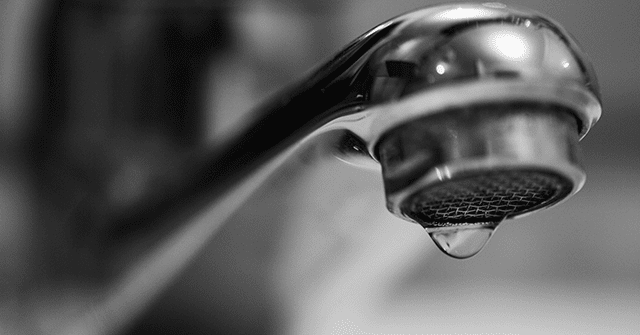In an unprecedented move, the California State Water Resources Control Board (SWRCB) is set to review transformative regulations that could revolutionize water supply systems across select municipalities. Aptly termed “toilet-to-tap,” this uncharted process involves recycling sewage water and reintegrating it into regular drinking water systems. At first glance, one might recoil from such a proposition, but the fundamental basis for this concept relies on advanced technology that makes the once unthinkable, a probable solution to the state’s lingering water scarcity issues.
California water regulators are poised to approve long-awaited rules that will allow local water agencies to convert sewage — such as what drains from toilets and showers — directly into drinking water.https://t.co/Vk90mUx5Fo
— San Francisco Chronicle (@sfchronicle) December 12, 2023
The implications of this proposed regulation are immense and could reshape how Californians perceive and value their water resources. As Breitbart News reported in 2019, the innovation applied in this process is analogous to the technology used in desalination, signifying its feasibility and potential effectiveness in the field. Moreover, this revolutionary water recycling approach could potentially expand the limited water reserves in a state often beleaguered by relentless severe droughts.
Earlier this year, the SWRCB indicated its intentions to scrutinize such regulations. The board stated that it proposes to authorize water systems to integrate treated wastewater that meets or surpasses all drinking water standards into their potable supplies. This procedure, labelled direct potable reuse, promises an opportunity to create a climate-resilient water source with the added benefit of reducing the volume of wastewater released into rivers and oceans.
As the San Francisco Chronicle reported, the SWRCB plans to assess the testimonies on the regulations before issuing its verdict next week. If approved, the groundbreaking rules would pave the way for “toilet-to-tap” projects in various communities, notably Santa Clara County, Los Angeles, and San Diego.
Global attention is focused on this audacious initiative, as other nations, including Israel, are examining the feasibility of similar methods. Furthermore, scientists in these nations are exploring the potential risk of pharmaceutical byproducts withstanding the water treatment process and subsequently re-entering the public supply, an issue that merits serious consideration.
The “toilet-to-tap” decision will carry significant weight, setting a precedent for how municipalities across the world manage their water supplies, particularly in regions facing intense water scarcity. As we await the SWRCB’s verdict on this possible paradigm shift in water management, it’s worth contemplating the broader implications of such a move. Will Californians accept and adapt to the new norms of water consumption, or will there be resistance to this drastic measure to alleviate drought conditions?
As we approach the precipice of this transformative decision, let’s not forget the value of water, a lifeline that sustains us all. With this pioneering initiative, California has the potential not only to address its own water scarcity issues but also to lead the way for the rest of the world in innovative water conservation. While the “toilet-to-tap” concept may be unsettling for some, the reality is that it could be a game-changer in addressing growing global water scarcity.



